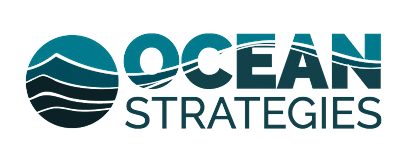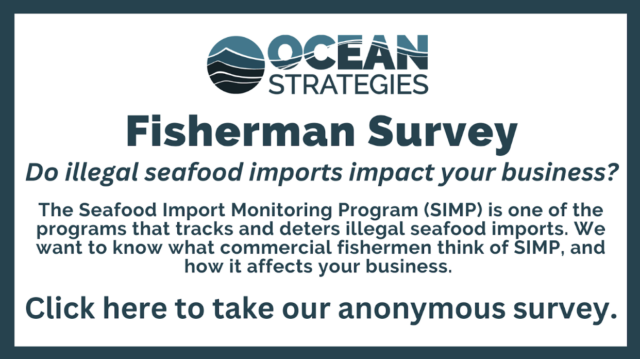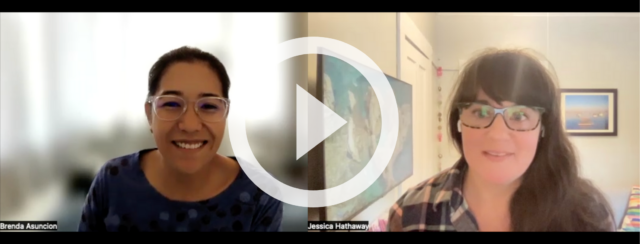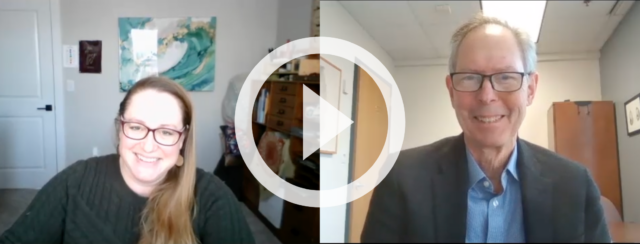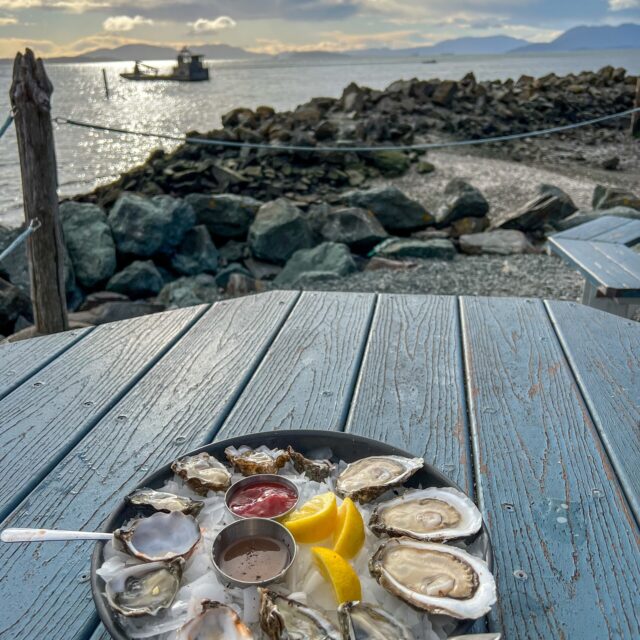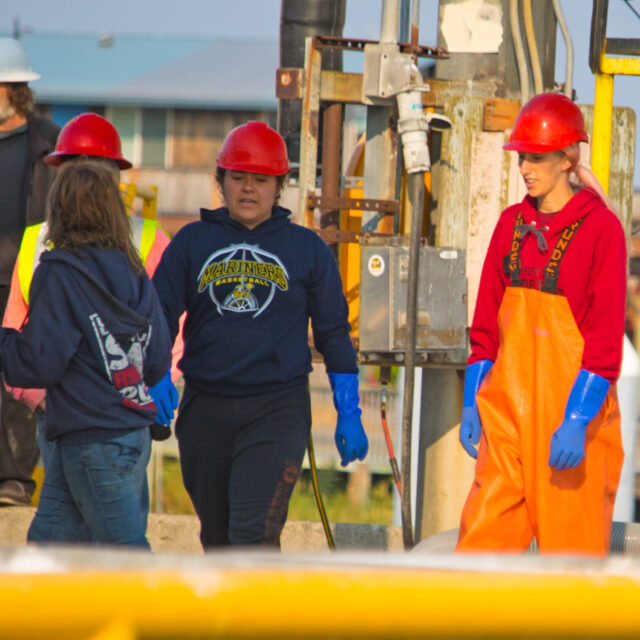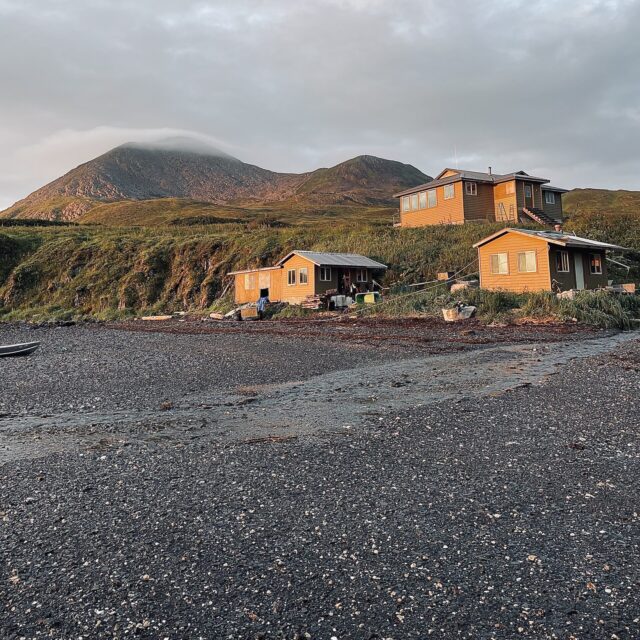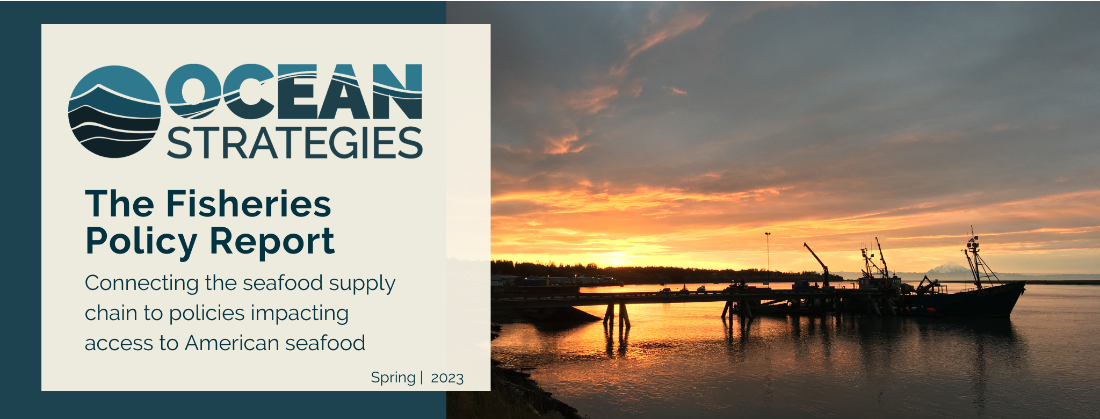
**Thousands of seafood leaders receive our updates right to their inboxes. Don’t miss out and sign up here.
WHAT WE’RE WATCHING IN FEDERAL FISHERIES POLICY
Biden reaches for 30×30
Massive marine monument would achieve 2030 goal
On March 21, the Biden Administration announced the establishment of two new National Monuments in Nevada and Texas, as well as a proposal for a massive marine monument.
The president has directed Commerce Secretary Gina Raimondo to consider a National Marine Sanctuary that would protect all the waters around the Pacific Remote Islands, delivering what the White House is calling “the most ambitious land and water conservation agenda in American history.”
The new marine sanctuary would conserve 777,000 square miles, including the existing Pacific Remote Islands Marine National Monument, which currently stands at just over 495,000 square miles. The White House announcement said the declaration should be made within 30 days using the National Marine Sanctuaries Act.
The “30×30” initiative is a commitment to preserving 30 percent of the nation’s lands and waters by 2030.
The proposed protections were heralded by some Pacific Islands leadership, but opposed by the Western Pacific Regional Fishery Management Council.
The council denounced expansion of the marine monument, noting studies that indicate marine sanctuaries that are closed to all fishing don’t have meaningful environmental benefits.
The monument expansion proposal comes on the heels of NMFS’ rejecting the council’s bid to allow subsistence fishing for Native Hawaiians from 50-200 miles offshore and inside the existing Papahanaumokuakea Marine National Monument.
Hawaii’s Regional Administrator for NMFS, Nicole LeBoeuf, rejected the bid, saying fishing activity inside the monument “must be sustainable and must not serve as a toehold for prohibited commercial fishing.” NMFS will consider revisions to the bid until mid-April.
NOAA releases draft National Seafood Strategy
Public comment period to inform final report extended through March 31
In February NOAA released the draft National Seafood Strategy, a report that outlines a framework for supporting a thriving domestic U.S. seafood sector and economy. A major focus is on resilience in the face of climate change and other challenges.
The vision behind the strategy is to ensure that U.S. seafood production continues to act as a competitive driver in the global seafood market by ensuring U.S. contribution to climate-ready food production, supporting jobs, sustainable production, modernizing infrastructure with value-add products, and expanding opportunities for a more diverse seafood workforce, as well as meeting domestic nutritional needs.
NOAA will focus on four goals with the strategy:
- Sustain or increase sustainable U.S. wild capture production
- Increase sustainable U.S. aquaculture production
- Foster access to domestic and global markets for the U.S. seafood industry
- Strengthen the entire U.S. seafood sector
The public comment period was recently extended to this Friday, March 31. While formal comments are closing soon, seafood stakeholders are encouraged to provide ongoing input to the agency help them set priorities as they work to implement the strategy.
Resources
Ocean Strategies interview with NOAA Fisheries’ Dr. Michael Rubino
Comments can be submitted here
Read more from National Fisherman here
Expansion of seafood import monitoring
As public comment on SIMP expansion closes, NOAA looks to final rule and next step
At the end of 2022, NOAA announced its intent to expand the Seafood Import Monitoring Program (SIMP). With a public comment period now closing at the end of April, stakeholders can expect an update on a final rule and next steps in the coming months.
Currently, SIMP monitors 13 seafood groups that are imported into the US. The purpose is to prevent illegal and unregulated seafood from entering the U.S. The program has earned some criticism from those navigating reporting and record-keeping requirements, but support as well from businesses negatively impacted by illegal imports in these high risk categories — such as crab and snapper.
FishWise, a nonprofit organization supporting market tools for seafood sustainability, recently completed a review of business feedback on the existing SIMP regulations and potential updates. Their report highlights concerns about current implementation, and a suite of recommendations to address those concerns if and when the agency moves forward. Priority topics from the private sector included data transparency, improved communication between government and industry, ease of data collection and reporting, capacity challenges to meet requirements, compliance costs, and overall concerns about expanding the species groups.
NOAA’s proposed rule for updating the program includes:
-
Clarifications to seafood import permitting and record-keeping procedures;
-
Revisions to harvest report criteria;
-
Consideration of additional SIMP species, including: Inclusion of all snapper species; Expansion of the tuna species group to include additional species; cuttlefish and squid; octopus, eels, Queen Conch, Caribbean spiny lobster.
Fishermen, business leaders and other stakeholders have another month to comment on this action.
Hope for the West
Federal delegation urges USDA to buy more seafood
In a February letter to Agriculture Secretary Tom Vilsack, a delegation of congressional members representing California, Oregon and Washington urged the agency to continue purchases of West Coast seafood for domestic distribution.
The West Coast states produce more than $500 million in seafood annually (about 14 percent of total domestic production), and house 25 percent of the country’s processing and wholesale jobs, the letter states.
The pandemic was a primary driver of ex-vessel revenue falling by 27 percent from 2019 to 2020, with seafood dealers and processors sustaining an additional 13.47 percent decline in value-added products, tallying a $598 million loss.
The West Coast also saw a larger pandemic-related decline in revenue from commercial fishing landings (compared to a five-year baseline, 2015-2019) than all regions as a whole, with a dip of 24 percent, according to the delegation.
The USDA has increased its purchases of seafood products since 2020, including a record purchase of $70.9 million in 2021.
The bulk of the 2021 purchases went to wild Gulf of Mexico shrimp ($25 million) and Alaska pollock ($20 million). However, $17 million of the total was to buy Pacific whiting, rockfish and pink shrimp, of which $16 million went to producers in West Coast states.
USDA purchases are made under Section 32 of the Agricultural Adjustment Act of 1935, which authorizes the department to purchase commodities in surplus. The USDA then distributes the commodities domestically.
The letter was signed by Sens. Jeffrey Merkley and Ron Wyden (both D-Ore.), Patty Murray (D-Wash.), Alex Padilla, (D-Calif.), and Reps. Suzanne Bonamici, Val Hoyle, Andrea Salinas and Gluesenkamp Perez, (all D-Ore)., Lori Chavez-DeRemer (R-Ore.) and Jared Huffman (D-Calif.).
Great Lakes Future Fishers Initiative
Following the passage of the Young Fishermen’s Development Act, Michigan and Wisconsin Sea Grants are partnering to establish framework for the Great Lakes Future Fishers Initiative, a program designed to recruit and train new commercial fishermen and processors by connecting them with mentors. The universities are focused on three guiding principles as they pilot this new program: keep it local, offer options, and support mentors.
As with most U.S. domestic commercial fisheries, the Great Lakes region has faced a decline of young entrants into the industry. The need for place-based solutions and programs to help encourage young fishermen is one way to help combat the “graying of the fleet.”
Read more here.
WHAT WE’RE READING
Politico dives deep into North Pacific seafood
America’s northernmost fisheries are home to some of the biggest seafood booms – and busts — in the modern fishing age. In the last few years Alaska’s fisheries have seen record salmon runs in some areas, and catastrophic crashes in others. Closure of iconic crab fisheries and increases in sablefish and pollock quotas are occurring side-by-side in an ecosystem experiencing major change.
Part of the story is a decades-long tension between fishing fleets, and fishing communities. Between industrial hub cities like Seattle, and the rural towns on Alaska’s coast that homeport fleets of small boat fishermen. This piece takes a hard look at the economic and ecological factors that are changing the fishing grounds, and who benefits from them.
IN CASE YOU MISSED IT
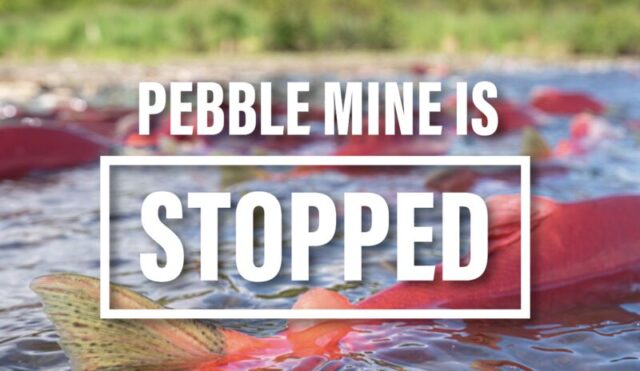
Ding-Dong the Pit is Dead!
EPA vetoes Pebble Mine
In January of this year the EPA issued a Final Determination under the Clean Water Act to protect the Bristol Bay watershed from the Pebble Mine! However, there’s still work to do to protect Bristol Bay! Stay tuned to Commercial Fishermen for Bristol Bay for important updates.
Check out the Ocean Strategies LinkedIn post about the EPA’s announcement to see how meaningful this action is for our team.
From the Big Island: Deep Dives and Long Runways to Community-Based Aquaculture
Representatives from Ocean Strategies joined a stakeholder group of more than 20 for a January trip to the Big Island of Hawaii, where they explored native fish ponds (loko i’a), the National Energy Laboratory of Hawaii Authority (NELHA), Blue Ocean Mariculture, Ocean Era, the Pacific Aquaculture and Coastal Resource Center (PACRC — an extension program associated with the University of Hawaii at Hilo) and other local fishery and aquaculture resources and caretakers.
Read more about our experience here.
Ocean Strategies Recent Policy Reports & Newsletters
We understand crowded inboxes conflicting with the need to stay informed on critical seafood and fisheries policy changes. Below is a list of links to our most recent policy reports. You can also find them on our Ocean Pulse blog.
- Winter 2023 Aquaculture Policy Report
- From the Big Island: Deep Dives and Long Runways to Community-Based Aquaculture
- Winter 2023 WA Aqua Bites
- Fall 2022 Fisheries Policy Report
- Fall 2022 Aquaculture Policy Report
INDUSTRY LOGBOOK
Brenda Asuncion
Hui Mālama Loko I’a Coordinator for Kua’aina Ulu ‘Auamo (KUA)
Ocean Strategies Senior Consultant Jes Hathaway sat down with Brenda Asuncion, the Hui Mālama Loko I’a Coordinator for Kua’aina Ulu ‘Auamo (KUA), to discuss the restoration of traditional Hawaiian fishponds, the Hawaiian communities’ role as caretakers of their lands and waters, and how we can advance community-based natural resource management through continued advocacy for indigenous practices and food systems.
Click here to watch and listen to the full interview with Brenda Asuncion on YouTube.
Read the full interview here on our Ocean Pulse blog.
“Continued advocacy for indigenous practices and food systems is so important. In order to enhance the resiliency of our communities we need to find a policy avenue that will facilitate the adaptation needed.” — Brenda Asuncion
Dr. Michael Rubino
NOAA Fisheries’ Senior Advisor for Seafood Strategy
Ocean Strategies Senior Consultant Hannah Heimbuch recently chatted with Dr. Michael Rubino, NOAA Fisheries’ Senior Advisor for Seafood Strategy and one of four senior scientists in the management team. They discussed an overview of NOAA’s developing National Seafood Strategy. NOAA Fisheries is tasked with management and conservation of the Nation’s seafood resources, for sustainability, food security and local-to-national benefit. The seafood strategy provides an overview of how NOAA Fisheries will address that task in the coming years, recognizing that challenges like climate change, competing ocean uses, and changing waterfronts require new approaches to existing goals. Hannah spoke with Dr. Rubino about how they’ll complete and implement this overarching set of priorities.
Click here to watch and listen to the full interview with Dr. Michael Rubino.
Read the full interview here on our Ocean Pulse blog.
“We know, but I think there’s also an increasing awareness in policy circles that seafood is critical when it comes to public health and nutrition, creating jobs, and building a climate resilient food strategy. U.S. fisheries management is the gold standard, but the benefits of this vital industry are threatened by a variety of unprecedented challenges.
The most important risk is climate change — rapidly altering food webs, species abundance, and habitats. The current shutdown of Alaskan crab is the proverbial canary in the coal mine. Across the seafood spectrum [stakeholders] have come to NOAA Fisheries asking us to work with them to increase resilience, profitability, and competitiveness of our seafood industry.
So that’s the genesis of the seafood strategy.”
